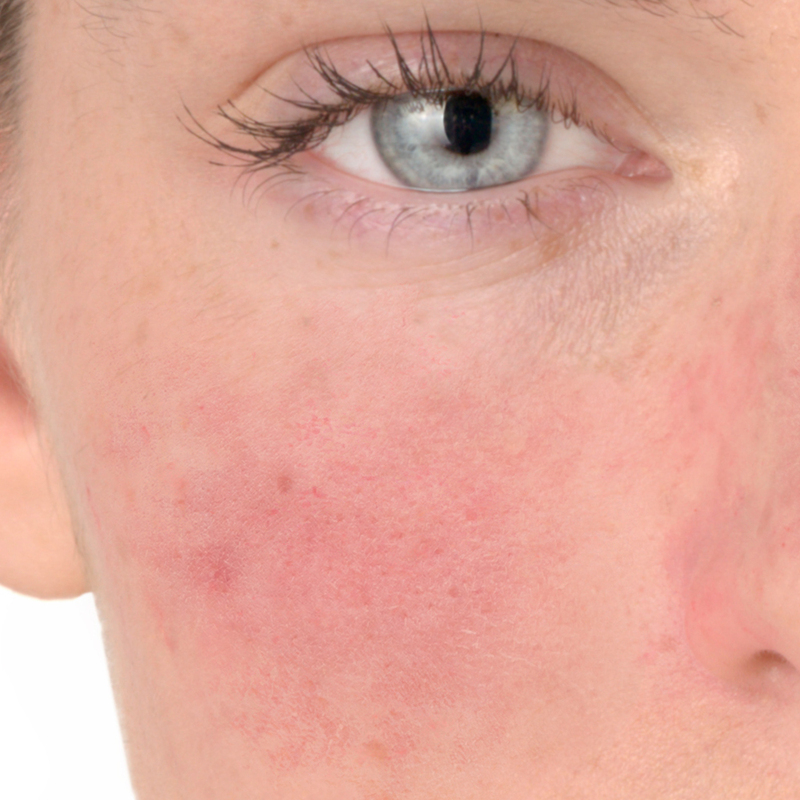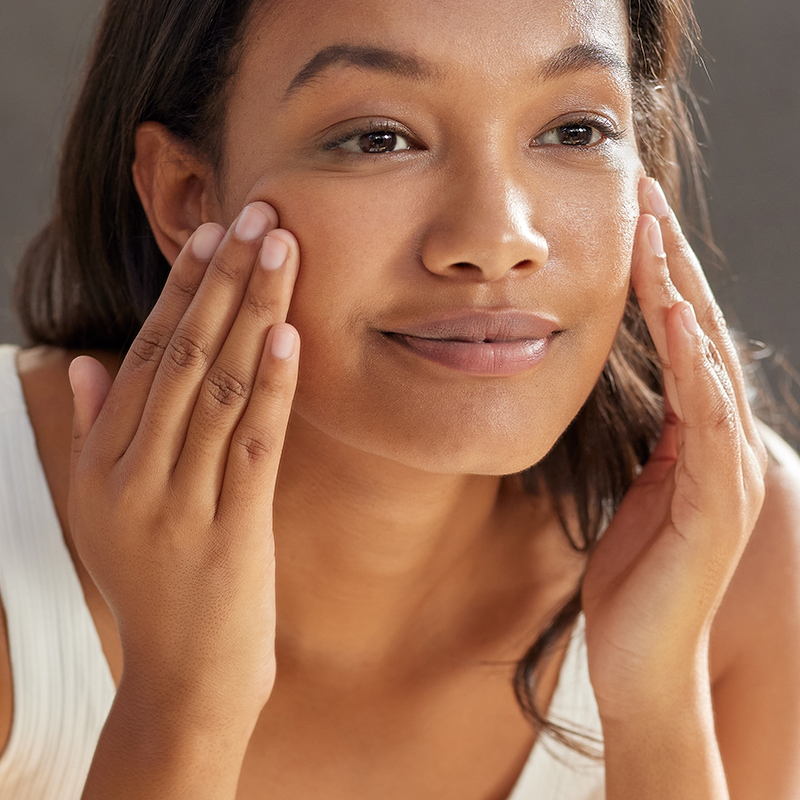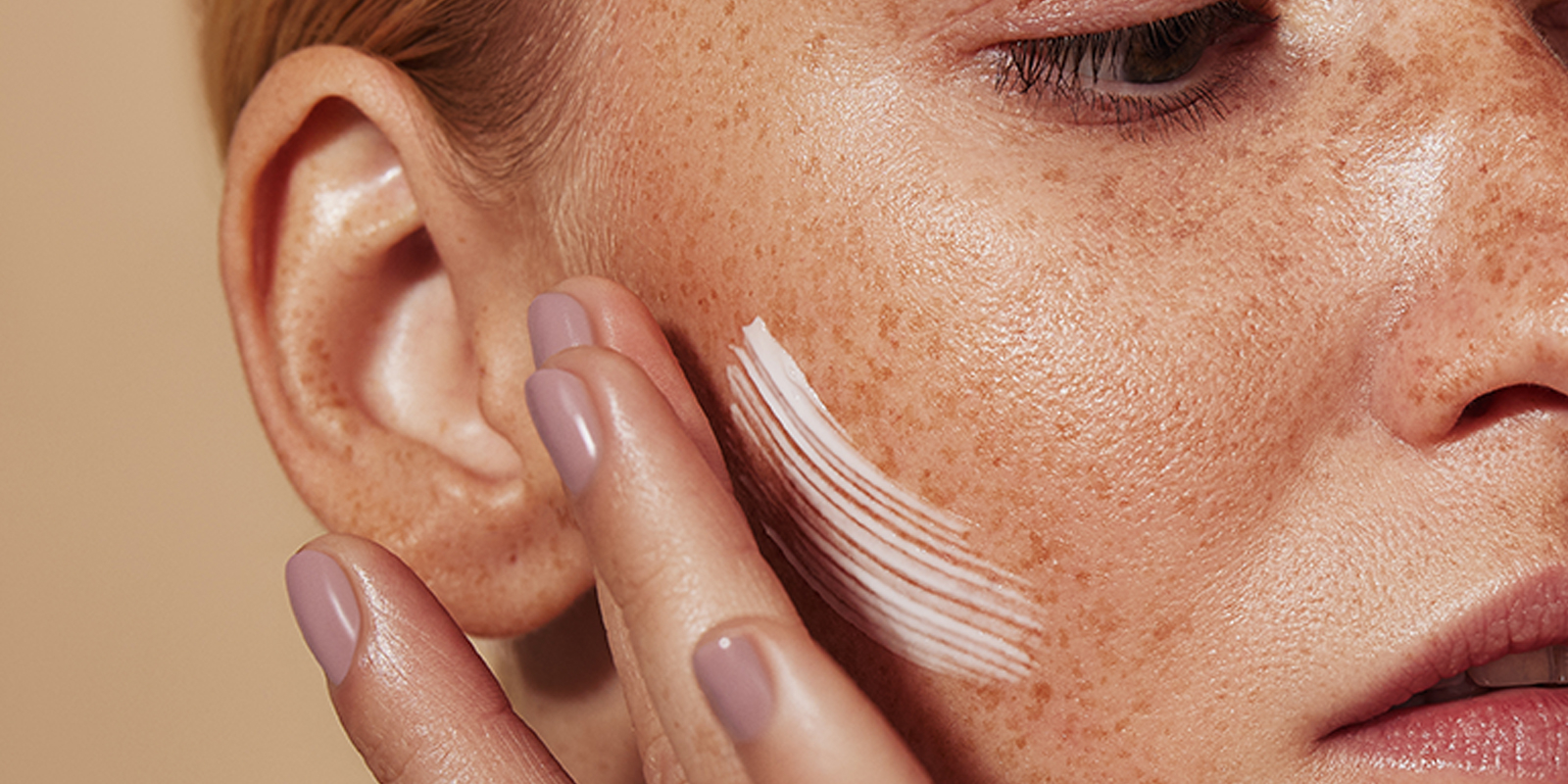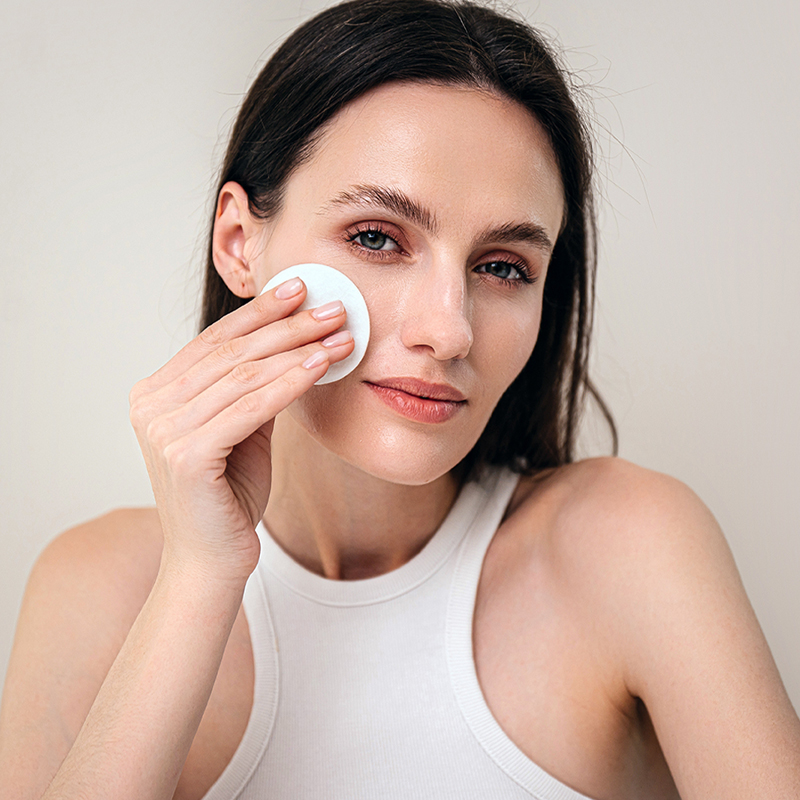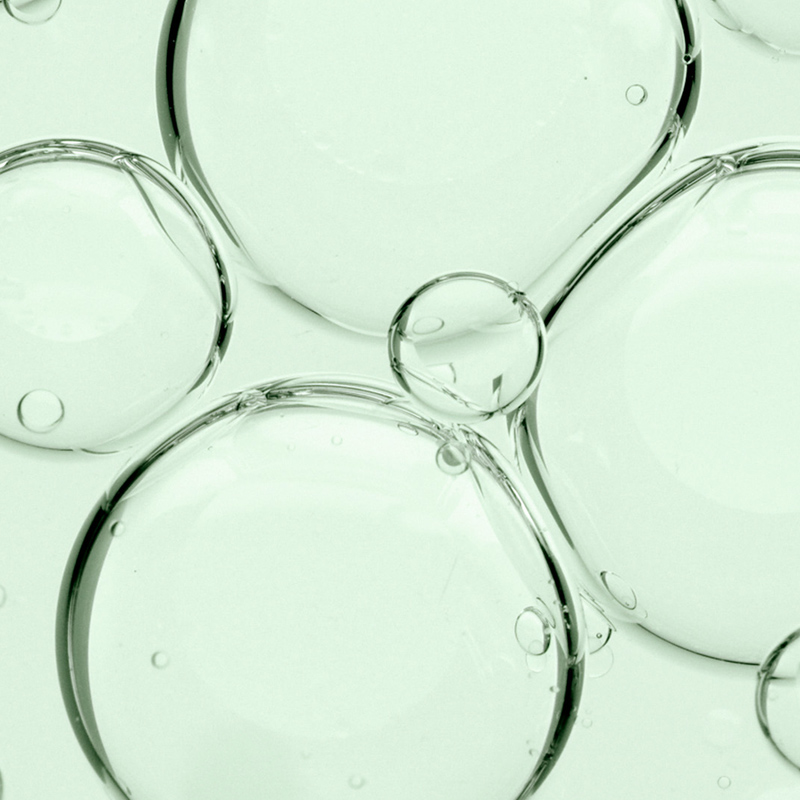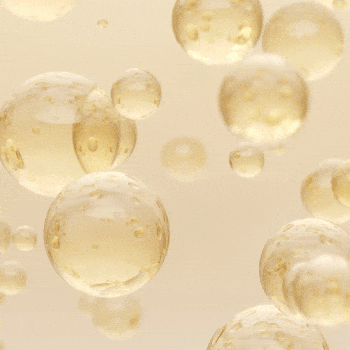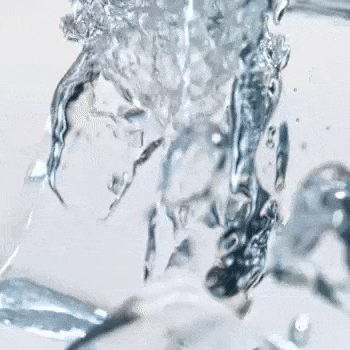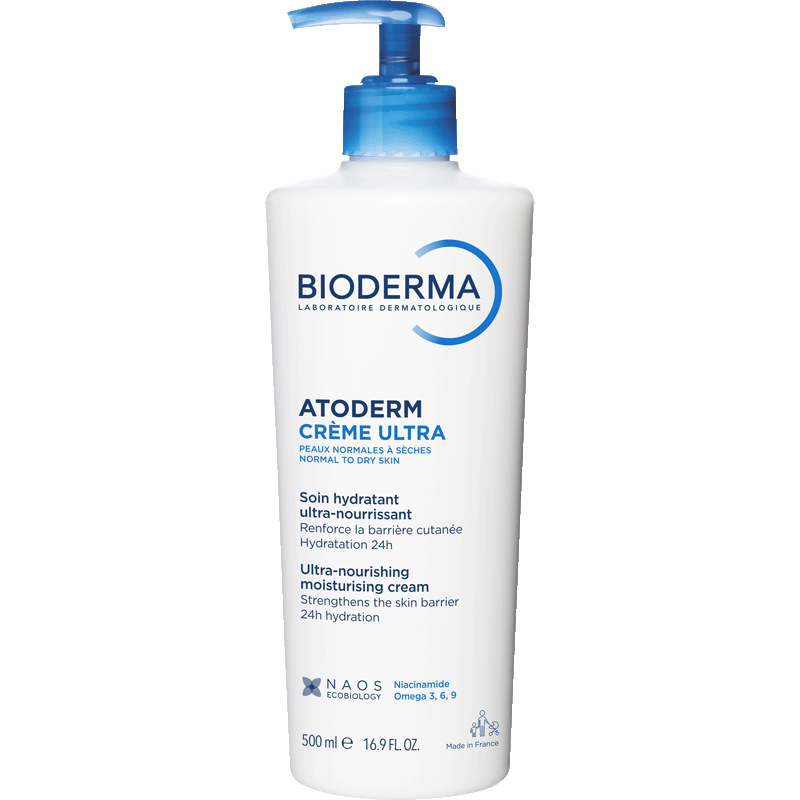Expert advice
How can you achieve and maintain healthy skin? Your skin is an ecosystem that constantly interacts with its environment. But, over time, faced with internal and external stress, the skin’s natural defenses become weaker and imbalances occur.
Oily skin, dry skin, allergies, dehydration...
At BIODERMA we help you to better understand your skin and its specific characteristics so that you can choose a suitable care routine.
